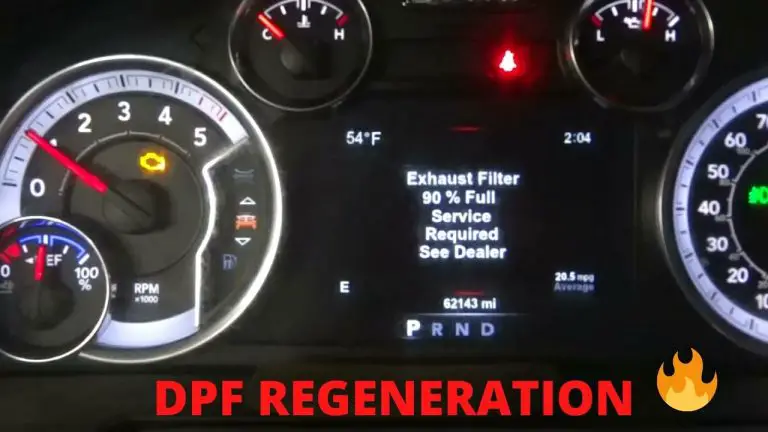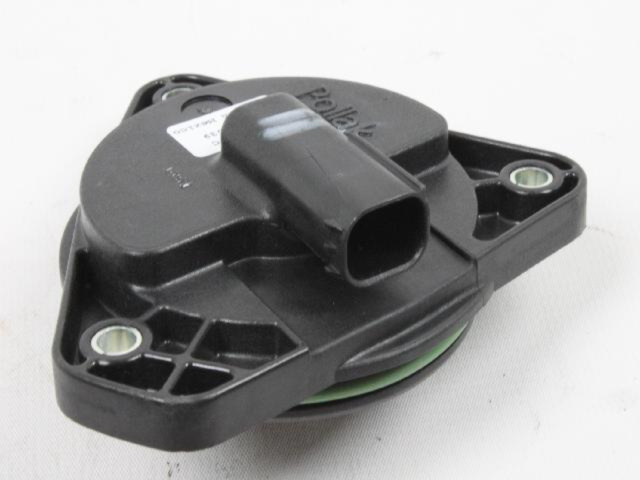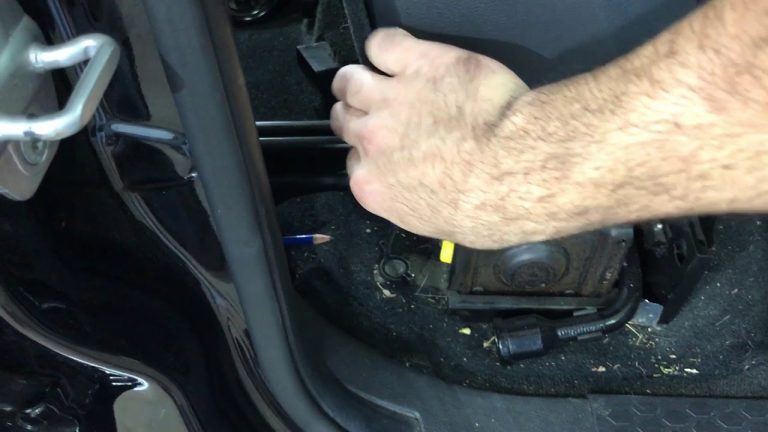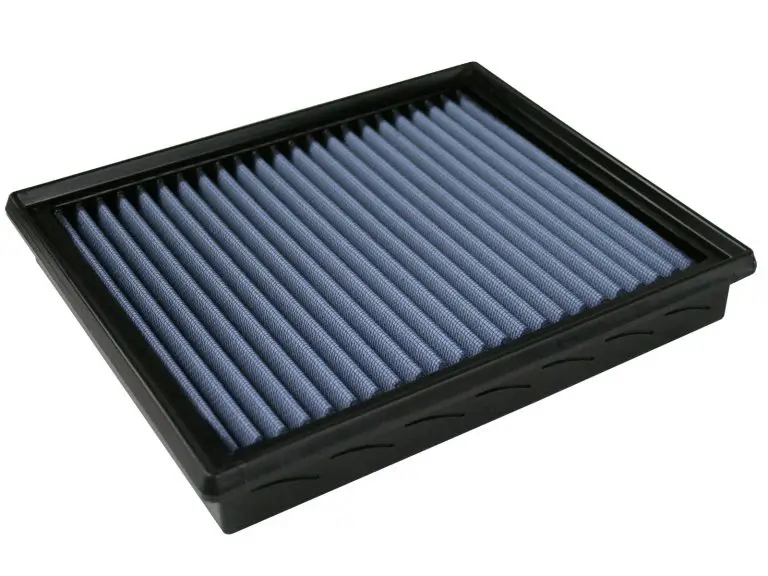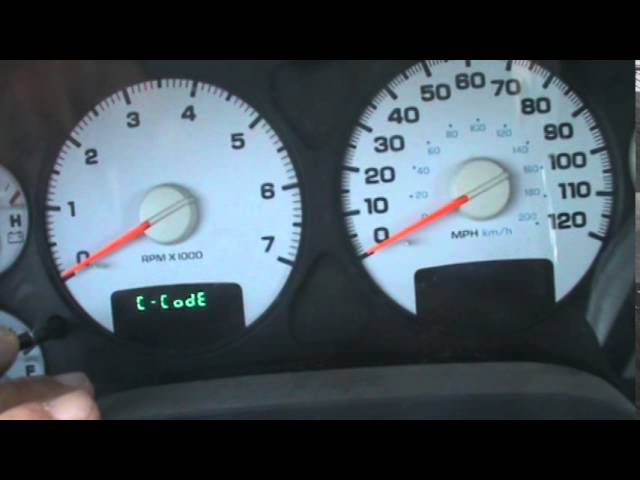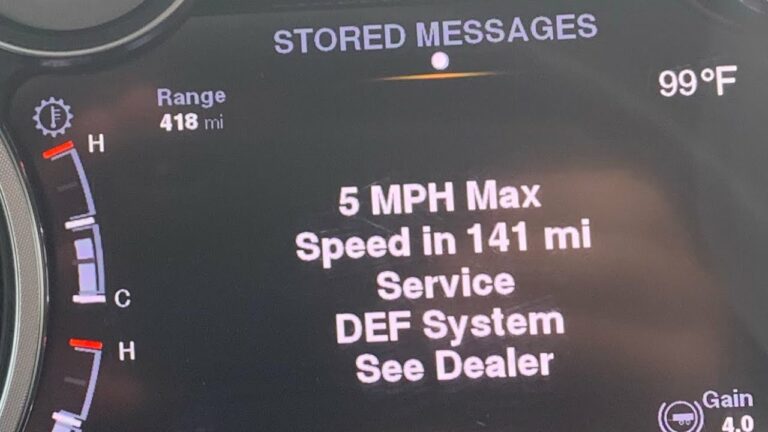Cummins Diesel Exhaust Fluid Pressure Sensor Location
The exhaust pressure sensor on a Cummins diesel engine is located at the front of the engine, near the exhaust manifold. It is remotely located and does not screw into the exhaust manifold.
The DEF fluid pressure sensor is built into the DEF pump, which is attached to the rear of the DEF tank mounting brackets.
The DEF Quality sensor is mounted on the side of the DEF tank. It detects the Urea concentration in the DEF.
The exhaust pressure sensor is used to monitor the exhaust pressure and ensure that it is within a safe range. The DEF fluid pressure sensor is used to monitor the pressure of the DEF fluid and ensure that it is flowing properly. The DEF Quality sensor is used to monitor the quality of the DEF fluid and ensure that it is meeting the required specifications.
All of these sensors are important components of the Cummins diesel engine emissions system. If any of these sensors fail, it can cause the engine to run poorly and emit excessive emissions.
How to Replace a Cummins Diesel Exhaust Fluid Pressure Sensor: A Comprehensive Guide
In the world of heavy-duty trucks, Cummins engines are renowned for their durability and performance. However, like any mechanical system, they require regular maintenance. One component that may need replacement over time is the Diesel Exhaust Fluid (DEF) Pressure Sensor.
This guide will walk you through the steps to replace this crucial sensor, ensuring your Cummins engine runs smoothly and efficiently.
You can also watch the video:
What is a Diesel Exhaust Fluid Pressure Sensor?
Before diving into the replacement process, it’s essential to understand what the DEF Pressure Sensor does. This sensor monitors the pressure of the diesel exhaust fluid in the Selective Catalytic Reduction (SCR) system. The SCR system is responsible for reducing harmful NOx emissions, making the DEF Pressure Sensor a critical component for both performance and environmental compliance.
3 Signs That Your DEF Pressure Sensor Needs Replacement
- Check Engine Light: One of the most obvious signs is the illumination of the check engine light on your dashboard.
- Reduced Fuel Efficiency: A malfunctioning sensor can lead to decreased fuel efficiency.
- Poor Engine Performance: You may notice sluggish acceleration or other performance issues.
5 Tools That You’ll Need
- 27-millimeter socket
- Screwdriver
- 10 and 12-millimeter bolts
- New DEF Pressure Sensor
- Protective gloves
Step-by-Step Guide to Replacing the DEF Pressure Sensor
Step 1: Locate the Sensor
The exhaust pressure sensor on a Cummins diesel engine is located at the front of the engine, near the exhaust manifold.
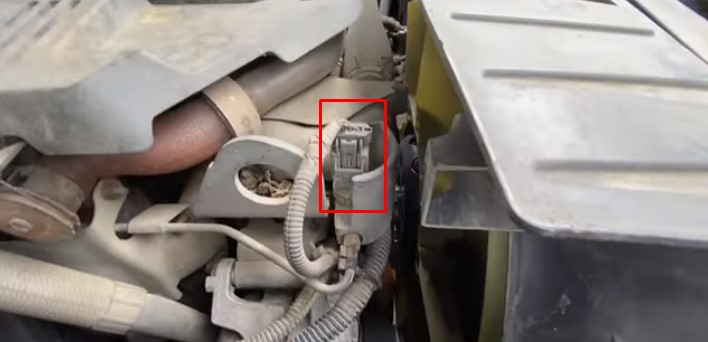
Step 2: Unlock the Sensor
To unlock the sensor, slide the red locking piece sideways using a screwdriver. Once it’s released, press on another part of the sensor to remove it.
Step 3: Remove the Old Sensor
Use a 27-millimeter socket to unscrew and remove the old sensor. Make sure to check if the O-ring comes off with it.
Step 4: Check for Blockages
Before installing the new sensor, inspect the old one for any blockages. If it’s plugged up, there’s a good chance the tube it connects to might also be blocked. Clean it or replace it as necessary.
Step 5: Install the New Sensor
Place the new sensor into the slot and use the 27-millimeter socket to screw it in securely.
Step 6: Reconnect and Lock
Plug the sensor back in and slide the red locking piece back into place to secure it.
Step 7: Test
Start your engine and monitor its performance to ensure the new sensor is functioning correctly.
Replacing the DEF Pressure Sensor in a Cummins engine is a straightforward task that can be done with a few simple tools. Regular maintenance of this sensor is crucial for optimal engine performance and compliance with emission standards. If you found this guide helpful, consider sharing it with others who might benefit from this information.
By following this comprehensive guide, you’ll ensure that your Cummins engine continues to operate at peak performance, all while adhering to environmental regulations. Happy driving!


